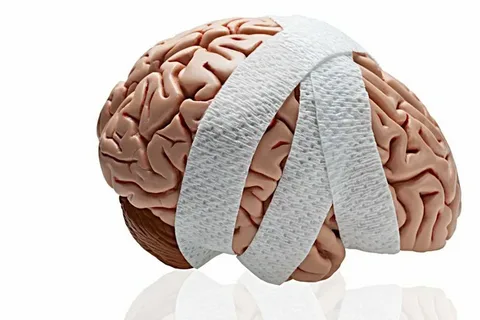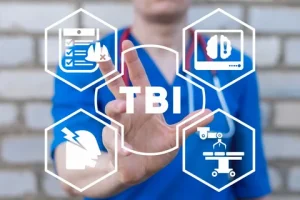
The Root Cause Revolution: How Functional Medicine Rewrites the Story of Autoimmune Disease
For decades, millions of people have lived under the weight of autoimmune diseases—conditions where the body turns against itself.

Traumatic brain injury (TBI) is a life-altering event that affects millions worldwide. While conventional medicine often focuses on pharmaceuticals and surgery, there is growing interest in alternative and holistic approaches that offer non-invasive, practical solutions for recovery. Dr. John W. Jung MS DC FIAMA FACMUAP, a distinguished chiropractic physician, presents groundbreaking insights into TBI recovery in his book, which emphasizes natural healing methods. Drawing on his extensive experience in chiropractic care and alternative medicine, Dr. Jung provides a roadmap for individuals seeking to regain cognitive and physical abilities post-TBI.
The Case for Alternative Treatments in TBI Recovery
Unlike traditional medical approaches that predominantly address symptoms, Dr. Jung’s work advocates for addressing the root causes of dysfunction in the brain. His philosophy is simple yet powerful: stimulate the brain’s natural healing capacity through targeted sensory and motor activities. This concept opens new pathways for recovery that are both accessible and effective.
As Dr. Jung explains, “The trick is that the frontal lobe processes info from the opposite cerebellum 95% of the time. Understanding this connection opens up a world of non-invasive treatment options for brain recovery.” This insight underpins many of the therapies he recommends, where activating specific areas of the brain can encourage cross-hemispheric communication and repair.
Chiropractic Care: A Pillar of Brain Healing
One of the standout features of Dr. Jung’s approach is the inclusion of chiropractic care as a vital component of brain injury recovery. Chiropractic adjustments help improve nervous system function and restore balance in the musculoskeletal system, which indirectly supports neurological healing. By enhancing spinal alignment and reducing nervous system stress, chiropractic care lays the foundation for the brain to respond more effectively to other therapies.
Sensory Therapies and Immediate Steps Post-TBI
Dr. Jung also introduces a range of sensory therapies that can be implemented immediately after a TBI to kickstart recovery. These include:
These practical exercises target specific brain regions, fostering neuroplasticity—the brain’s ability to reorganize and form new neural connections.
Non-Pharmaceutical Interventions for Cognitive Recovery
An essential aspect of Dr. Jung’s philosophy is reducing dependence on medications, which often carry side effects. Instead, his methods leverage the body’s inherent healing mechanisms through:
By incorporating these non-invasive brain recovery methods, patients can see improvements in memory, coordination, and emotional stability.
Holistic Healing Beyond the Clinic
Dr. Jung emphasizes that recovery doesn’t end with clinical treatment. Lifestyle changes play a crucial role. He suggests:
These practices create an environment conducive to healing, complementing targeted therapies.
Why This Approach Stands Out
What makes Dr. Jung’s book unique is its actionable nature. The techniques described are not just theoretical; they are drawn from clinical experience and patient success stories. Many individuals have reported significant improvements by incorporating these strategies into their daily lives.
For caregivers and healthcare professionals, this resource offers a fresh perspective on TBI recovery, highlighting how alternative medicine can coexist with traditional treatments to achieve better outcomes.
Conclusion
Traumatic brain injury recovery is a complex journey, but with the right tools and mindset, healing is possible. Dr. John W. Jung’s holistic and alternative treatments provide a beacon of hope for TBI patients and their families. By focusing on non-invasive, natural methods—from chiropractic care to sensory therapies—this approach empowers individuals to take an active role in their recovery.
As Dr. Jung insightfully notes, “So there you have it, more ways than you thought possible to help yourself or your loved one.” His work underscores the potential of holistic healing and redefines what it means to recover from a brain injury.

For decades, millions of people have lived under the weight of autoimmune diseases—conditions where the body turns against itself.

The human brain is one of the most extraordinary organs in existence—capable of adapting, learning, and healing itself in ways that science is only beginning to understand.
Sign up for Dr. John W. Jung’s newsletter and receive exclusive content on brain injury recovery, alternative treatments, and cutting-edge research. By subscribing, you’ll get expert tips on improving brain health, updates on new therapies and research findings, special offers, upcoming events, and exclusive excerpts and bonus content from Dr. Jung’s work.
Don’t miss out—join our community today!